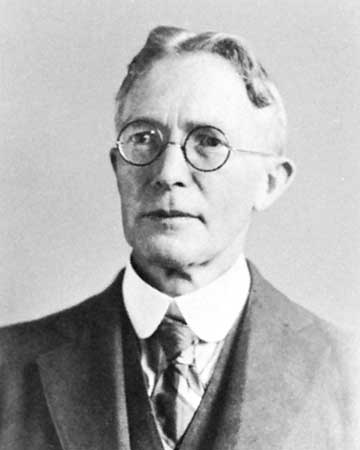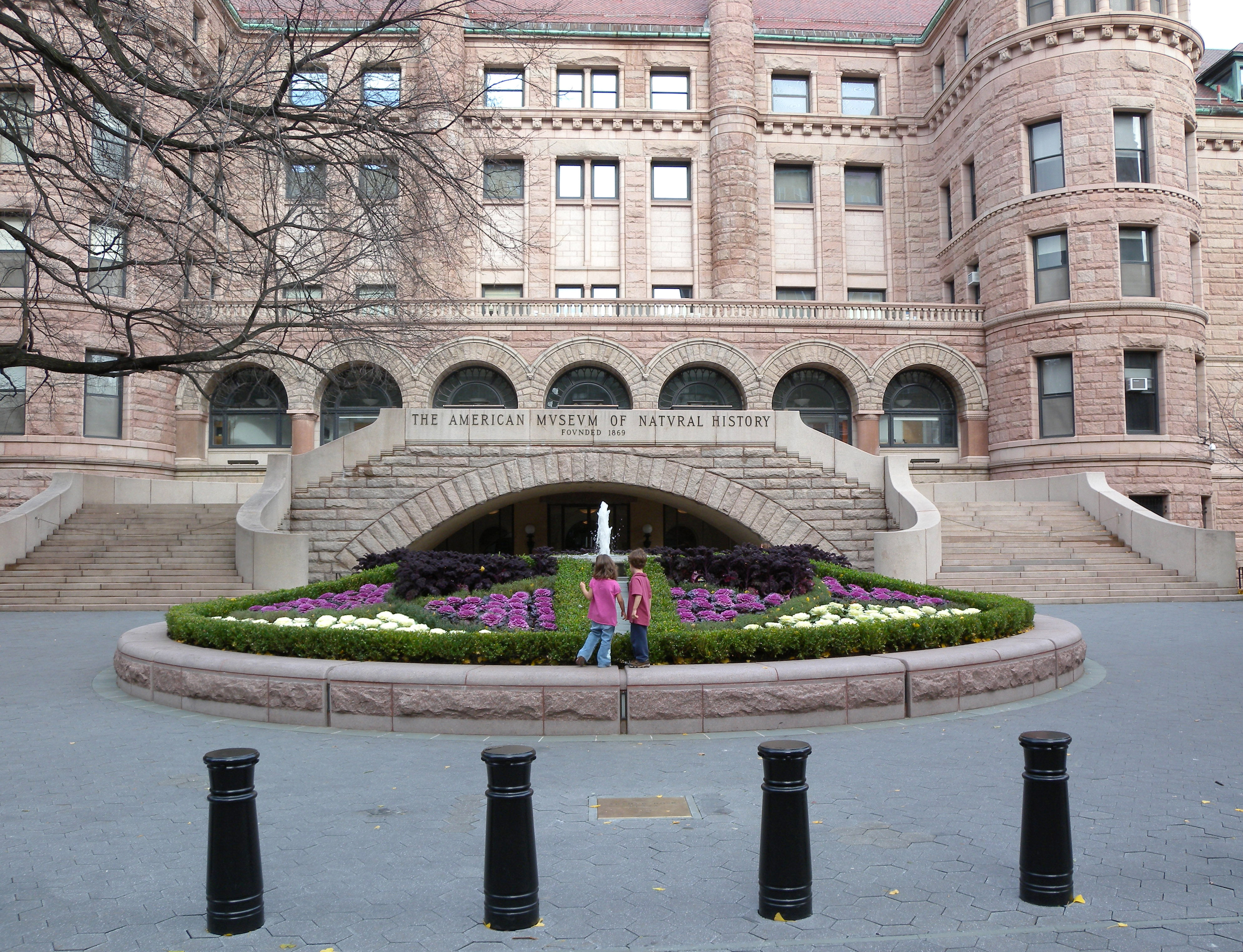|
Mycterosaurus
''Mycterosaurus'' (Greek as mykter/mykteros meaning nose/snout, sauros meaning "lizard") is an extinct genus of amniotes belonging to the family Varanopidae. It is classified in the varanopid subfamily Mycterosaurinae. ''Mycterosaurus'' is the most primitive member of its family, existing from 290.1 to 272.5 MYA, known to Texas and Oklahoma. It lacks some features that its advanced relatives have. ''Mycterosaurus'' is a relatively small carnivore, estimated to be around 60 cm (23 inches) long with synonyms of ''Eumatthevia bolli'', and possibly ''Basicranodon fortsillensis''. Restored, ''Mycterosaurus'' appears spindly and grotesque in contrast to the majority of "pelycosaurs" in its proportions and especially unlike edaphosaurids, which are commonly stocky in build. The number of valid ''Mycterosaurus'' species have varied over the years, with a total of two classifications of ''Mycterosaurus longiceps'' and ''Mycterosaurus smithae.'' However, recent analysis has led ... [...More Info...] [...Related Items...] OR: [Wikipedia] [Google] [Baidu] |
Varanopidae
Varanopidae is an extinct family (biology), family of amniotes known from the Late Carboniferous to Middle Permian that resembled monitor lizards (with the name of the group deriving from the monitor lizard genus ''Varanus'') and may have filled a similar niche. Typically, they are considered to be relatively Basal (phylogenetics), basal Synapsida, synapsids (and thus more closely related to mammals than to reptiles), although some studies from the late 2010s recovered them being taxonomically closer to diapsid reptiles, recent studies from the early 2020s support their traditional placement as synapsids on the basis of high degree of bone labyrinth ossification, maxillary canal morphology and phylogenetic analyses. A varanopid from the late Middle Permian Pristerognathus Assemblage Zone, ''Pristerognathus'' Assemblage Zone (Capitanian) is the youngest known varanopid and the last member of the "pelycosaur" group of synapsids. Thus, Varanopidae vanishes from the fossil record at th ... [...More Info...] [...Related Items...] OR: [Wikipedia] [Google] [Baidu] |
Synapsid
Synapsida is a diverse group of tetrapod vertebrates that includes all mammals and their extinct relatives. It is one of the two major clades of the group Amniota, the other being the more diverse group Sauropsida (which includes all extant reptiles and therefore, birds). Unlike other amniotes, synapsids have a single temporal fenestra, an opening low in the skull roof behind each eye socket, leaving a zygomatic arch, bony arch beneath each; this accounts for the name "synapsid". The distinctive temporal fenestra developed about 318 million years ago during the Late Carboniferous period, when synapsids and sauropsids diverged, but was subsequently merged with the orbit in early mammals. The basal (phylogenetics), basal amniotes (reptiliomorphs) from which synapsids evolved were historically simply called "reptiles". Therefore, stem group synapsids were then described as mammal-like reptiles in classical systematics, and non-therapsid synapsids were also referred to as pelyco ... [...More Info...] [...Related Items...] OR: [Wikipedia] [Google] [Baidu] |
Early Permian
01 or 01 may refer to: * The year 2001, or any year ending with 01 * The month of January * 1 (number) Music * '01 (Richard Müller album), ''01'' (Richard Müller album), 2001 * 01 (Urban Zakapa album), ''01'' (Urban Zakapa album), 2011 * ''01011001'', the seventh studio album from Arjen Anthony Lucassen's Ayreon project Other uses * 01 (telephone number), United Kingdom internal dialing code for London between the late 1950s and 1990 * Lynk & Co 01, a compact SUV built since 2017 * Nammi 01, an electric subcompact hatchback * Ji Yue 01, an electric crossover SUV * BAR 01, a Formula One car * Zero One also known as ''Machine City'', a city-state from the ''The Matrix (series), Matrix'' series * Kolmogorov's zero-one law, a law of probability theory * Pro Wrestling ZERO1-MAX, a wrestling promotion formerly known as Pro Wrestling ZERO-ONE * The number of the French department Ain * The codename given to the Wing Gundam by Oz in the anime ''Gundam Wing'' * ''Kamen Rider Zero-One'', ... [...More Info...] [...Related Items...] OR: [Wikipedia] [Google] [Baidu] |
Ophiacodon
''Ophiacodon'' (meaning "snake tooth") is an extinct genus of synapsid belonging to the family Ophiacodontidae that lived from the Late Carboniferous to the Early Permian in North America and Europe. The genus was named along with its type species ''O. mirus'' by paleontologist Othniel Charles Marsh in 1878 and currently includes five other species. As an ophiacodontid, ''Ophiacodon'' is one of the most basal synapsids and is close to the evolutionary line leading to mammals. Description ''Ophiacodon'' has a large skull with a deep snout. It has the longest skull of any early synapsid, reaching up to in one specimen. The jaws are lined with many small teeth. It was larger than most other tetrapods (four-limbed vertebrates) of its time, ranging from in length and in weight. Specimens of ''Ophiacodon'' vary greatly in size. These differences in size were once used to distinguish species, but are now recognized as ontogenetic variations related to the ages of individuals. Sma ... [...More Info...] [...Related Items...] OR: [Wikipedia] [Google] [Baidu] |
CT Scan
A computed tomography scan (CT scan), formerly called computed axial tomography scan (CAT scan), is a medical imaging technique used to obtain detailed internal images of the body. The personnel that perform CT scans are called radiographers or radiology technologists. CT scanners use a rotating X-ray tube and a row of detectors placed in a gantry (medical), gantry to measure X-ray Attenuation#Radiography, attenuations by different tissues inside the body. The multiple X-ray measurements taken from different angles are then processed on a computer using tomographic reconstruction algorithms to produce Tomography, tomographic (cross-sectional) images (virtual "slices") of a body. CT scans can be used in patients with metallic implants or pacemakers, for whom magnetic resonance imaging (MRI) is Contraindication, contraindicated. Since its development in the 1970s, CT scanning has proven to be a versatile imaging technique. While CT is most prominently used in medical diagnosis, i ... [...More Info...] [...Related Items...] OR: [Wikipedia] [Google] [Baidu] |
Colorado
Colorado is a U.S. state, state in the Western United States. It is one of the Mountain states, sharing the Four Corners region with Arizona, New Mexico, and Utah. It is also bordered by Wyoming to the north, Nebraska to the northeast, Kansas to the east, and Oklahoma to the southeast. Colorado is noted for its landscape of mountains, forests, High Plains (United States), high plains, mesas, canyons, plateaus, rivers, and desert lands. It encompasses most of the Southern Rocky Mountains, as well as the northeastern portion of the Colorado Plateau and the western edge of the Great Plains. Colorado is the List of U.S. states and territories by area, eighth-largest U.S. state by area and the List of U.S. states and territories by population, 21st by population. The United States Census Bureau estimated the population of Colorado to be 5,957,493 as of July 1, 2024, a 3.2% increase from the 2020 United States census. The region has been inhabited by Native Americans in the United St ... [...More Info...] [...Related Items...] OR: [Wikipedia] [Google] [Baidu] |
William Diller Matthew
William Diller Matthew FRS (February 19, 1871 – September 24, 1930) was a vertebrate paleontologist who worked primarily on mammal fossils, although he also published a few early papers on mineralogy, petrological geology, one on botany, one on trilobites, and he described '' Tetraceratops insignis'', which was much later suggested to be the oldest known (Early Permian) therapsid. Matthew was born in Saint John, New Brunswick, the son of George Frederic Matthew and Katherine (Diller) Matthew. His father was an amateur geologist and paleontologist who instilled his son with an abiding interest in the earth sciences. Matthew received an A.B. at the University of New Brunswick in 1889 and then earned his Ph.D. at Columbia University in 1894. Matthew was curator of the American Museum of Natural History from the mid-1890s to 1927, and director of the University of California Museum of Paleontology from 1927 to 1930. He was an elected member of the American Philosophical Society. ... [...More Info...] [...Related Items...] OR: [Wikipedia] [Google] [Baidu] |
Labyrinthodontia
"Labyrinthodontia" (Greek, 'maze-toothed') is an informal grouping of extinct predatory amphibians which were major components of ecosystems in the late Paleozoic and early Mesozoic eras (about 390 to 150 million years ago). Traditionally considered a subclass of the class Amphibia, modern classification systems recognize that labyrinthodonts are not a formal natural group (clade) exclusive of other tetrapods. Instead, they consistute an evolutionary grade (a paraphyletic group), ancestral to living tetrapods such as lissamphibians (modern amphibians) and amniotes (reptiles, mammals, and kin). "Labyrinthodont"-grade vertebrates evolved from lobe-finned fishes in the Devonian, though a formal boundary between fish and amphibian is difficult to define at this point in time. "Labyrinthodont" generally refers to extinct four-limbed tetrapods with a large body size and a crocodile-like lifestyle. The name describes the pattern of infolding of the dentin and enamel of the teeth, whi ... [...More Info...] [...Related Items...] OR: [Wikipedia] [Google] [Baidu] |
American Museum Of Natural History
The American Museum of Natural History (AMNH) is a natural history museum on the Upper West Side of Manhattan in New York City. Located in Theodore Roosevelt Park, across the street from Central Park, the museum complex comprises 21 interconnected buildings housing 45 permanent exhibition halls, in addition to a planetarium and a library. The museum collections contain about 32 million specimens of plants, animals, fungi, fossils, minerals, rocks, meteorites, human remains, and human cultural artifacts, as well as specialized collections for frozen tissue and genomic and astrophysical data, of which only a small fraction can be displayed at any given time. The museum occupies more than . AMNH has a full-time scientific staff of 225, sponsors over 120 special field expeditions each year, and averages about five million visits annually. The AMNH is a private 501(c)(3) organization. The naturalist Albert S. Bickmore devised the idea for the American Museum of Natural History in 1 ... [...More Info...] [...Related Items...] OR: [Wikipedia] [Google] [Baidu] |
Jacob Boll
Jacob Boll (28 May 1828 – 29 September 1880) was a Swiss naturalist and entomologist especially noted for his exploration of the Texas Red Beds. Boll was born 1828 in Würenlos, Switzerland, and educated as a pharmacist in Switzerland and Germany. Established as a naturalist, he turned his attention to microlepidoptera and established contact with Philipp Christoph Zeller. In 1856, his parents and siblings travelled to Texas and joined the La Réunion socialist utopian community. The Bolls left the commune after the first year and established a farm in Dallas near the current Baylor Medical Center. Jacob visited his family in Texas circa 1867, and then returned to Switzerland. In 1869 he met with Louis Agassiz at Harvard, proceeding to Texas to collect animals for the Harvard Museum of Comparative Zoology. Returning to Switzerland he became a professional collector, working for Eduard Dämle and the Swiss government. Similar arrangements were made with Agassiz and in 1870 h ... [...More Info...] [...Related Items...] OR: [Wikipedia] [Google] [Baidu] |
Clyde Formation
The Clyde Formation is a geologic formation in Texas. It preserves fossils dating back to the Permian period. See also * List of fossiliferous stratigraphic units in Texas * Paleontology in Texas Paleontology in Texas refers to paleontological research occurring within or conducted by people from the U.S. state of Texas. Author Marian Murray has said that "Texas is as big for fossils as it is for everything else." Some of the most import ... References * Permian geology of Texas {{Permian-stub ... [...More Info...] [...Related Items...] OR: [Wikipedia] [Google] [Baidu] |







